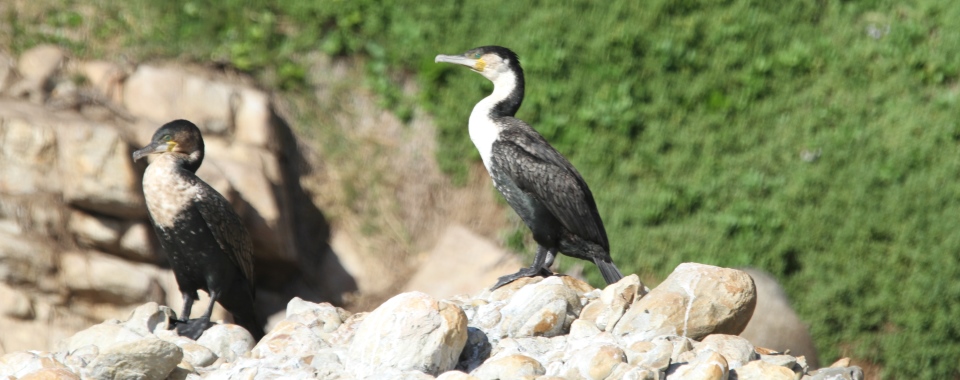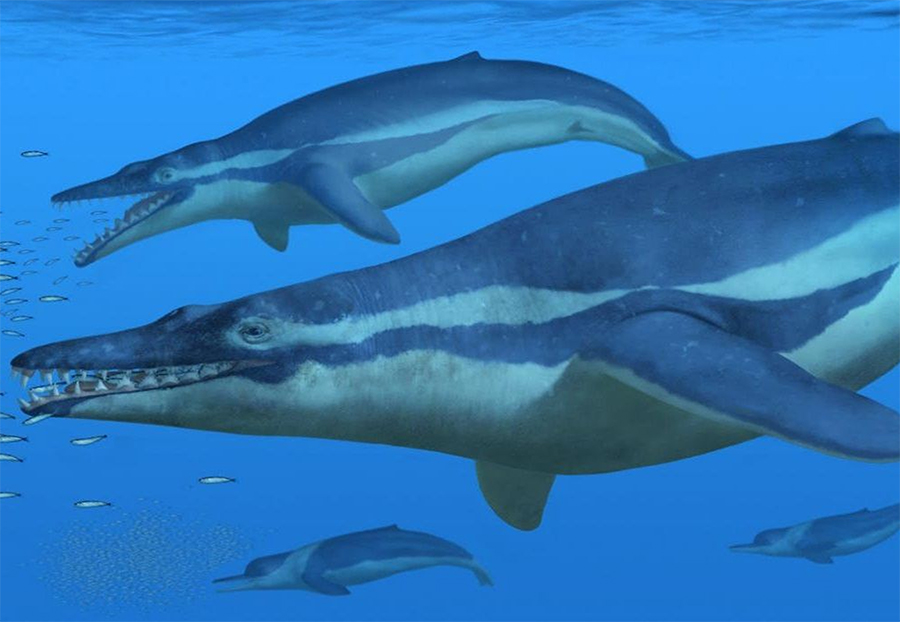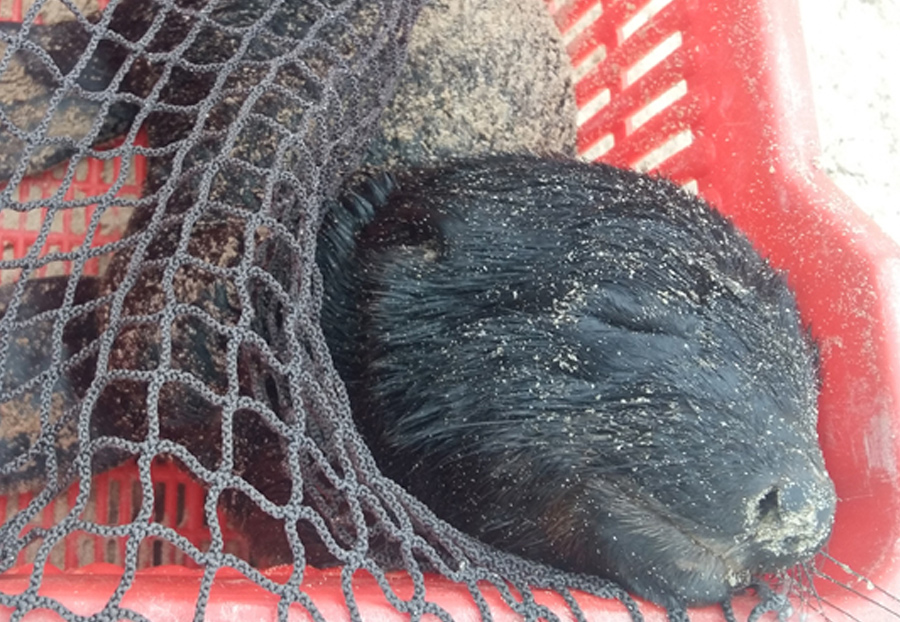How do animals regulate their body temperature?
For an animal to keep the right body temperature they use thermo regulation. Thermo regulation is the ability to keep the optimal body temperature even when the surrounding temperature is different. A thermo conforming animal will adapt to the same temperature as their surrounding (like reptiles).” Why don’t all animals use thermo conformation?” Most animals need a certain temperature for their bodies to function. If their temperature get to high hyperthermia occurs. The opposite condition, hypothermia is when the body gets too cold.
There are different ways of thermoregulation. A lot of animals will evaporate water through sweat glands. Animals that are covered in fur have limited ability to sweat and need to use heavy panting to increase the evaporation through the tongue, mouth and lungs. Dogs, cats and pigs rely on panting for their regulation. Birds avoid overheating by gular fluttering (flapping the wings close to the skin at the throat) examples of bird using this are Cormorants, Pelicans and Owls.
There are a few different cold weather strategies. Mammals like Polar bears and walruses have thick skin and a layer of blubber for protection. They also use goose bumps to decrease the heat loss. When the skin creates goose bumps, it slows down the air flow over the skin and minimizes heat loss. Rats and mice survive cold nights through torporation (decreasing the body temperature temporally to minimize heat loss). Bears have taken this to a higher level by hibernating during winter. To cover the body with fur helps the main part of the body, but does not help their extremities from getting cold. Cold extremities mean cold blood. This blood will flow back into the body cooling it down. This has been solved by counter-current blood flow. The warm blood in the arteries meets the cold blood in the veins, warming the blood going back into the body up to minimize the heat loss. This is used by penguins and tunas. Counter-current blood flow makes tunas one of the fastest fish in the world. They can keep their body temperature at 25°C-33°C in water temperatures of 6°C. There are also some fish species that have adapted to cope with low temperature by developing antifreeze proteins. What the proteins does is stopping the water in the body from crystallizing (freezing). This is mainly found in fish that lives in cold tempered waters e.g. Arctic and Antarctic.
Reptiles cannot produce or store heat in their bodies. They need to warm up in the sun (or by lying on hot rocks). When they get too hot they will move into shade to cool down. This is use by reptiles. Some animals can also engage in Kleptothermy (where they steal or share body heat), this can be seen in bats and emperor penguin.





